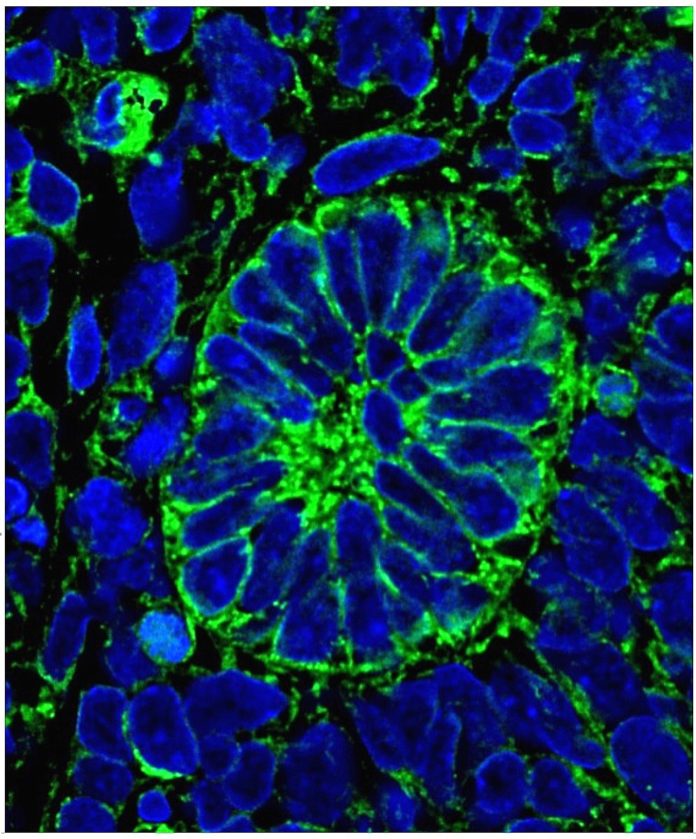Scientists from the University of Manchester have developed a human kidney tissue within a living organism that is efficient in producing urine, a first for medical science.
In this study, kidney glomeruli, a component that superfine parts of the organ were produced from human embryonic stem cells grown in plastic laboratory culture dishes accommodating a nutrient broth perceived as a culture medium, accommodating molecules to promote kidney development.
They were amalgamated with a gel-like substance, which performed as natural connective tissue, and then injected as a modest clump under the skin of mice.
After a time span of three months, an investigation of the tissue unveiled that nephrons, the superfine structural and functional units of the kidney, had developed. The novel arrangements accommodate most of the component parts found in human nephrons, including proximal tubules, distal tubules, Bowman’s capsule and Loop of Henle.
Further, modest human blood vessels perceived as capillaries were produced inside the mice, which nourished the novel kidney arrangements.
However, the mini-kidneys deficit a major artery, and absence of that the organ’s function will only be a fraction of normal. So, the researchers have taken charge with surgeons to put in an artery that will bring more blood the novel kidney.
Later, to test the working of the novel arrangements, the team used Dextran, a fluorescent protein that stains the urine-like substance produced when nephrons filter the blood, called glomerular filtrate.
The Dextran was tracked and found in the novel arrangements’ tubules, demonstrating that filtrate was indeed being developed and excreted in urine.
Professor Sue Kimber of the University of Manchester said, “We have proved beyond any doubt these structures function as kidney cells by filtering blood and producing urine – though we can’t yet say what percentage of the function exists.”
“What is particularly exciting is that the structures are made of human cells which developed an excellent capillary blood supply, becoming linked to the vasculature of the mouse.
“Though this structure was formed from several hundred glomeruli, and humans have about a million in their kidneys – this is clearly a major advance.
“It constitutes a proof of principle- but much work is yet to be done.”
Professor Adrian Woolf of the same university, who is also a Consultant in Paediatric Nephrology at Royal Manchester Children’s Hospital, said, “Worldwide, two million people are being treated with dialysis or transplantation for kidney failure, and sadly another two million die each year, unable to access these treatments.
“So we are tremendously excited by this discovery – we feel it is a big research milestone which may one day help patients.
“However, there is much more to learn: Building on our generation of kidney filtration units we must now turn to developing an exit route for the urine and a way to deliver this technology to diseased kidneys. The work was also helped by a small grant from the hospital’s local kidney charity called “Kidneys for Life”.
The research will permit them to model kidney ailments utilizing the novel arrangements. The Medical Research Council and Kidney Research UK-funded project is published in the journal Stem Cell Reports.
